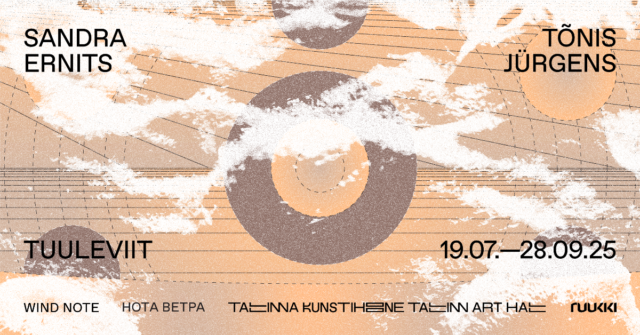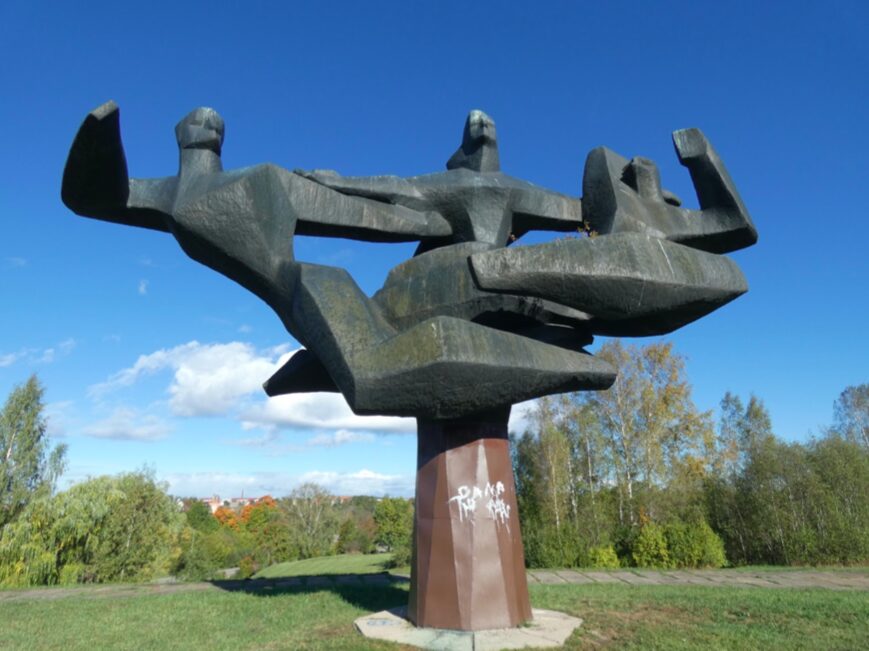The finale of the first joint exhibition of Kristina Õllek and Tuomas A. Laitinen, ‘Cyanoceans’, which opened at Kai Art Center at the beginning of the year and received great attention from both the art public and academics, will conclude with exhibition tours by the artists and the curator, as well as a seaside party where sounds will be created by one of the artists themselves.
Tuomas A. Laitinen’s and Kristina Õllek’s joint exhibition ‘Cyanoceans’ gives the opportunity to experience different nuances of human perception, to understand complex life forms, to contemplate on the state of nature, and to walk in an environment reminiscent of the ocean floor, accompanied by the movement of the octopus, until August 4th. The salt sculptures in the exhibition hall will be an interesting rediscovery for visitors who have already experienced the exhibition, and the water vapor and the synthetic sounds from the ultrasonic speakers create a special feeling, as if being under water.
The extraordinary exhibition project created a remarkable convergence between art, science, and the environment, and sparked a series of discussions between marine ecologists and biologists as well as historians. In an interview with Rohegeenius, marine ecologist Mariliis Kõuts pointed out that the state and condition of the Baltic Sea is important for every Estonian to know, and that ‘Cyanoceans’ highlights the exceptional salinity of the Baltic Sea, the cyanobacteria, and the major problem of Estonians’ home sea: eutrophication.
In addition to the important aspects of the Baltic Sea and Kristina Õllek’s artworks inspired by them, Tuomas A. Laitinen brings to the mix a complementary view of adaptation and transformation of species through the octopus dialogue with Laitinen’s glass sculptures captured at the Okinawa Institute of Science and Technology. The title ‘Cyanoceans’ symbolizes both the cyanobacterium, or blue-green algae in common parlance, and the protein haemocyanin in octopus blood, as well as what is more broadly happening in the oceans and seas.
On August 3rd, the second to last day of the exhibition, artists Õllek and Laitinen will give a joint tour at 16:00, and on the last day, August 4th, Anna Mustonen will give a curatorial tour at 14.00. The post-show afterparty will take place on August 3rd at 18.00 at Wambola Surf, where one of the artists himself, Tuomas A. Laitinen, will provide the musical experience.
The art and exhibition tours are in English and free with an exhibition ticket, and the afterparty is free of charge. ‘Cyanoceans’ will be open at Kai Art Center until August 4th from 12.00 – 18.00.
Tuomas A. Laitinen (b. 1976) is an artist who works with moving image, sound, light, glass, chemical and microbial processes, as well as algorithms to explore the entanglements of multispecies coexistence. Laitinen composes situations and installations that inquire into the porous interconnectedness of language, body, and matter within morphing ecosystems. In recent years, Laitinen has been working with questions of ecology, the notion of the extended mind, and processes of knowledge production. The works are often made with translucent and transparent materials in order to find ways to layer and diffract material relations and different epistemological systems.
Kristina Õllek (b.1989) is a visual artist based in Tallinn, Estonia. She is working in the field of photography, video and installation, with a focus on investigating representational processes, geological matter, aquatic ecosystems, and the human-made environment. In her practice, she uses a research-based approach, but within she also incorporates her own fictitious and speculative perspectives. With her work, she raises questions around the relationship between natural and synthetic, original and copy, and understandings of materiality by obtaining a new and reconsidered meaning. She is interested in stretching out the boundaries of what we can see and use as an image and space, especially in the age of rapidly developing and highly manipulative technology. Within her recent projects she has been focusing on marine habitat and the notion of new technologies, including the geopolitical and ecological conditions associated with them.
Photography: Hedi Jaansoo, Aron Urb.

Kristina Õllek ‘Accumulating Waters’. Photo: Hedi Jaansoo

Kristina Õllek ‘Converting Energy and Oxygen (Grid no. 3)’ Photo: Hedi Jaansoo

Kristina Õllek ‘Converting Energy and Oxygen (Grid no. 3)’ Photo: Hedi Jaansoo
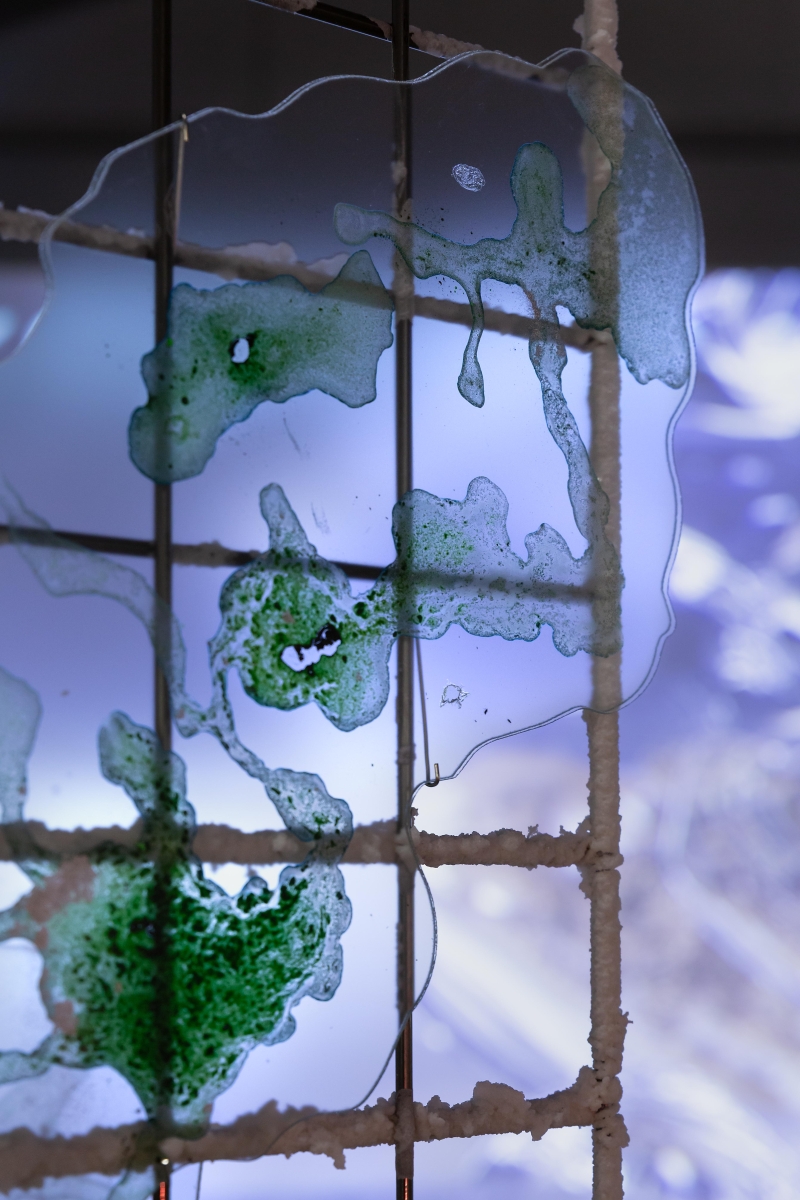
Kristina Õllek ‘Visibility & Salinity Dynamics’. Photo: Hedi Jaansoo

Tuomas A. Laitinen & Kristina Õllek ‘Cyanoceans’. Exhibition view. Poto: Hedi Jaansoo

Tuomas A. Laitinen & Kristina Õllek ‘Cyanoceans’. Exhibition view. Poto: Hedi Jaansoo
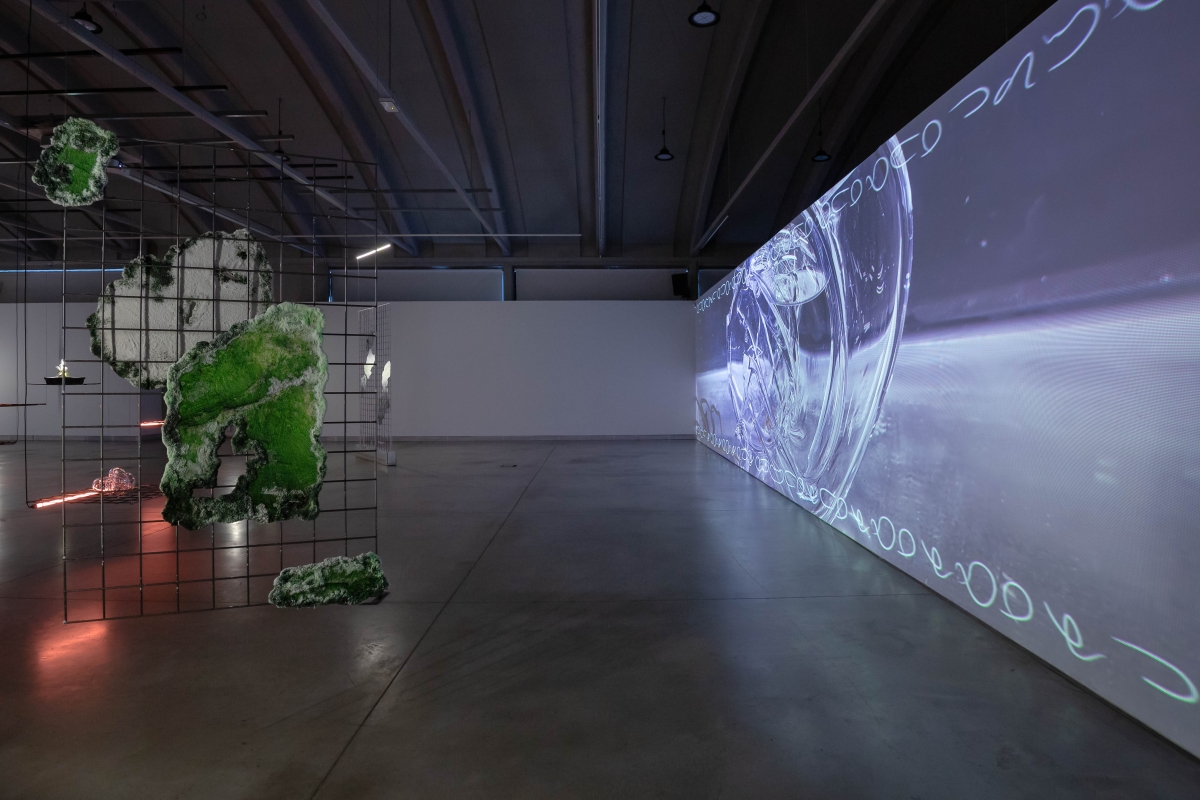
Tuomas A. Laitinen & Kristina Õllek ‘Cyanoceans’. Exhibition view. Poto: Hedi Jaansoo
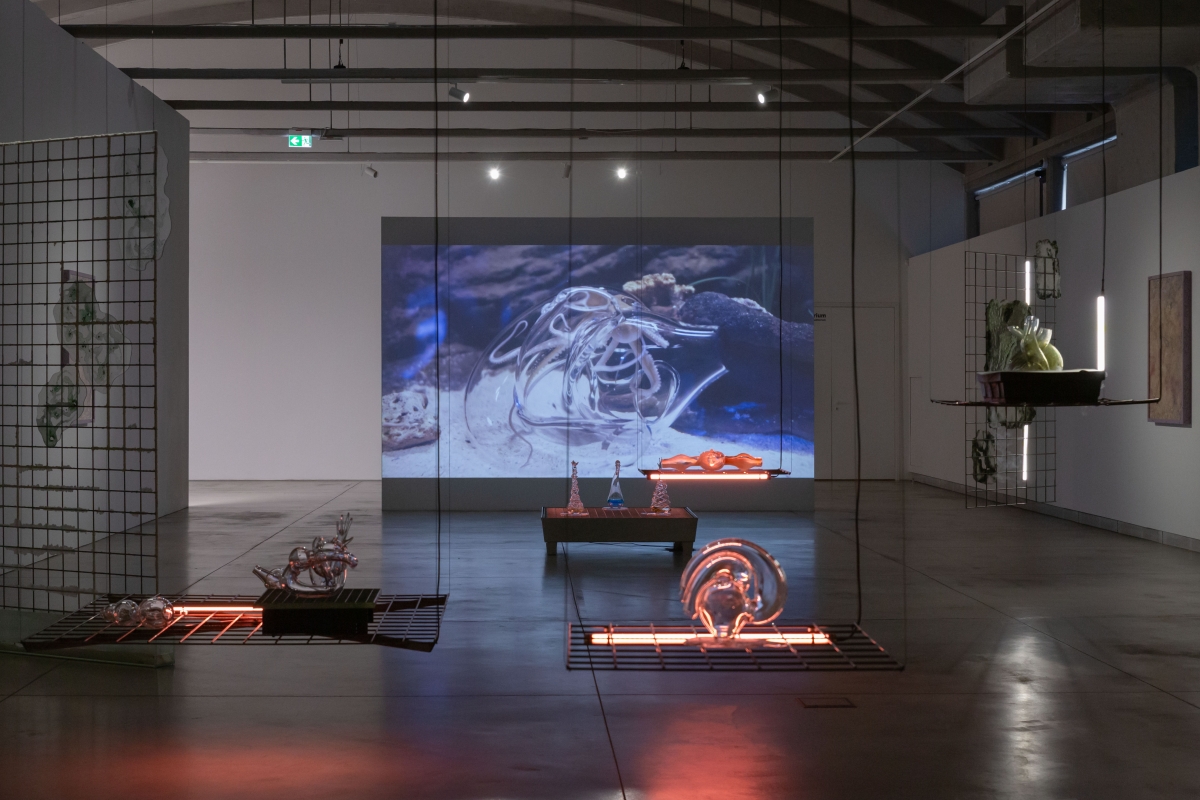
Tuomas A. Laitinen & Kristina Õllek ‘Cyanoceans’. Exhibition view. Poto: Hedi Jaansoo

Tuomas A. Laitinen ‘A Proposal for an Octopus #5’. Photo: Hedi Jaansoo

Tuomas A. Laitinen ‘Protean Sap’. Photo: Hedi Jaansoo
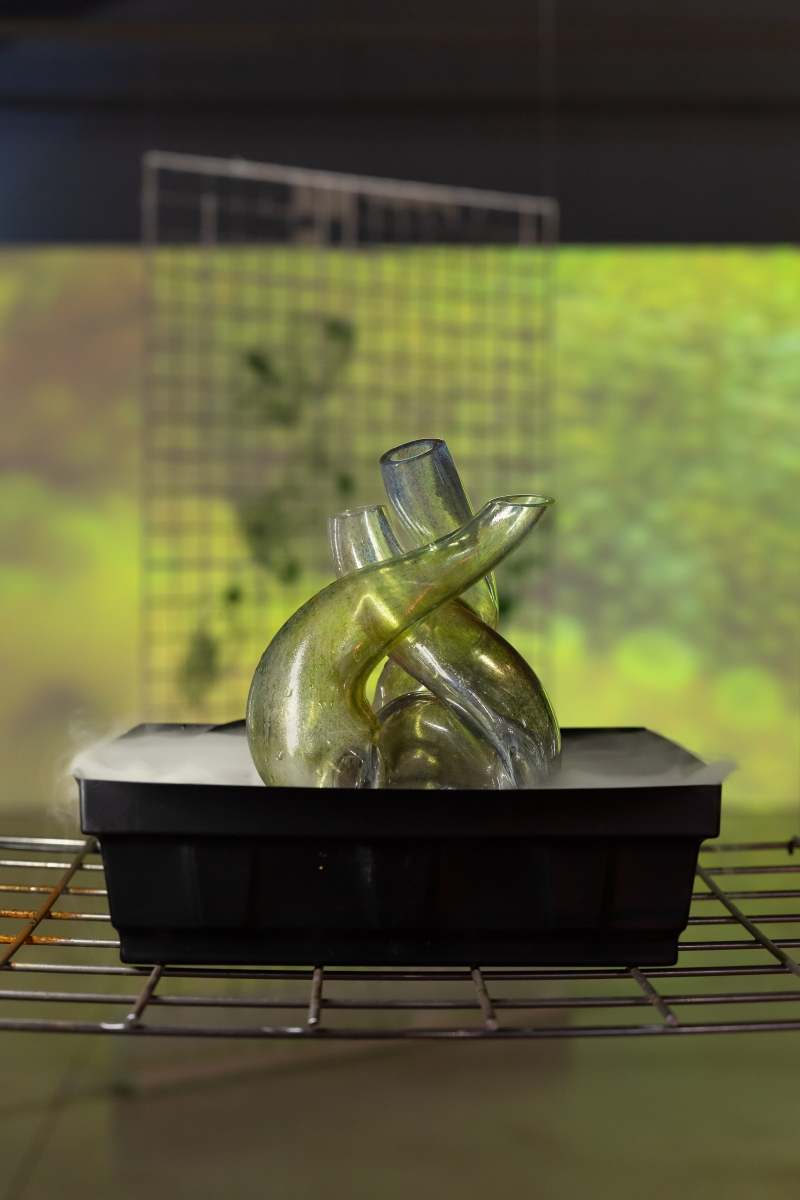
Tuomas A. Laitinen ‘Tentare’. Photo: Hedi Jaansoo
















